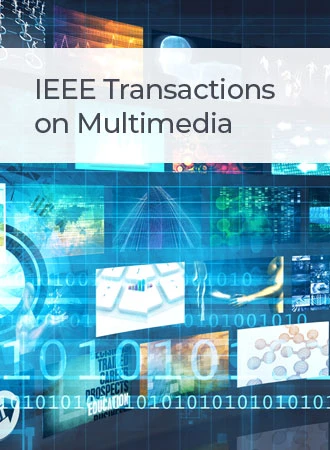S4R: Rethinking Point Cloud Sampling via Guiding Upsampling-Aware Perception
IF 9.7
1区 计算机科学
Q1 COMPUTER SCIENCE, INFORMATION SYSTEMS
引用次数: 0
Abstract
Point cloud sampling aims to derive a sparse point cloud from a relatively dense point cloud, which is essential for efficient data transmission and storage. While existing deep sampling methods prioritize preserving the perception of sampled point clouds for downstream networks, few studies have critically examined the rationale behind this goal. Specifically, we observe that sampling can lead to a perceptual degradation phenomenon in many influential downstream networks, impairing their ability to effectively process sampled point clouds. We theoretically reveal the nature of the phenomenon and attempt to construct a novel sampling target by uniting upsampling and perceptual reconstruction. Accordingly, we propose a Maximum A Posteriori (MAP) sampling framework named Sample for Reconstruct (S4R), which impels the sampling stage to infer upsampling-guided perception. In S4R, we design very simple but effective sampling and upsampling networks using residual-based graph convolutions and incorporate a pseudo-residual connection to introduce prior knowledge. This architecture takes advantage of reconstruction properties and allows the sampling network to be trained in an unsupervised manner. Extensive experiments on classical networks demonstrates the excellent performance of S4R compared with the previous sampling schemes and reveals its advantages on different point cloud downstream tasks, i.e., classification, reconstruction and segmentation.S4R:基于上采样感知引导的点云采样重新思考
点云采样的目的是从相对密集的点云中提取稀疏的点云,这是高效传输和存储数据的必要条件。虽然现有的深度采样方法优先考虑保留对下游网络采样点云的感知,但很少有研究严格检查这一目标背后的基本原理。具体而言,我们观察到采样可能导致许多有影响力的下游网络中的感知退化现象,从而削弱其有效处理采样点云的能力。我们从理论上揭示了这一现象的本质,并试图将上采样和感知重构结合起来构建一个新的采样目标。因此,我们提出了一种称为S4R (Sample for reconstruction)的MAP采样框架,该框架推动采样阶段推断上采样引导的感知。在S4R中,我们使用基于残差的图卷积设计了非常简单但有效的采样和上采样网络,并结合了伪残差连接来引入先验知识。这种结构利用了重构特性,允许采样网络以无监督的方式进行训练。在经典网络上的大量实验表明,S4R与以往的采样方案相比具有优异的性能,并揭示了其在不同点云下游任务上的优势,即分类、重构和分割。
本文章由计算机程序翻译,如有差异,请以英文原文为准。
求助全文
约1分钟内获得全文
求助全文
来源期刊

IEEE Transactions on Multimedia
工程技术-电信学
CiteScore
11.70
自引率
11.00%
发文量
576
审稿时长
5.5 months
期刊介绍:
The IEEE Transactions on Multimedia delves into diverse aspects of multimedia technology and applications, covering circuits, networking, signal processing, systems, software, and systems integration. The scope aligns with the Fields of Interest of the sponsors, ensuring a comprehensive exploration of research in multimedia.
 求助内容:
求助内容: 应助结果提醒方式:
应助结果提醒方式:


